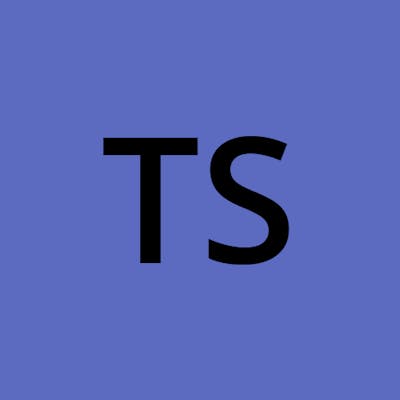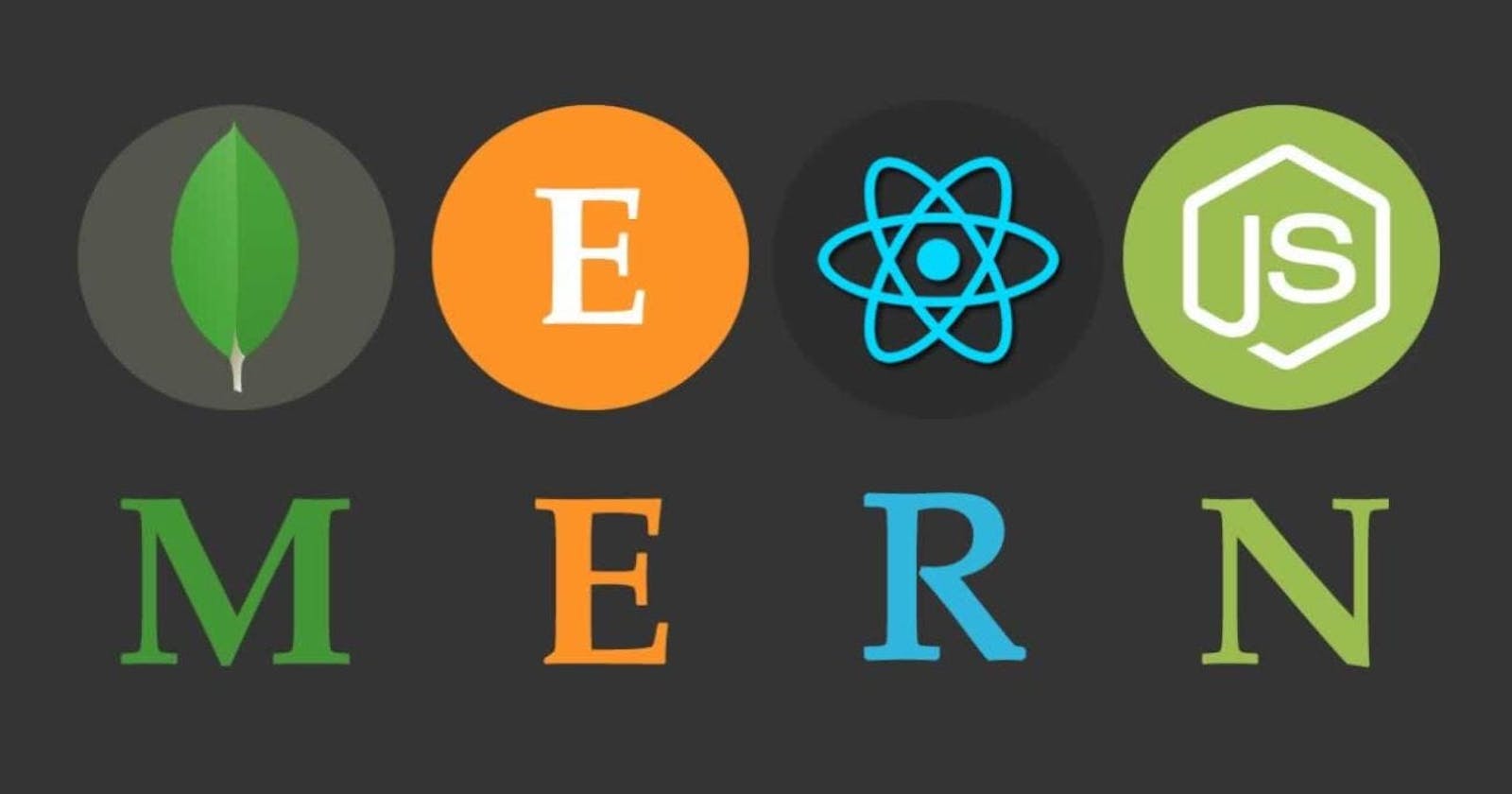Introduction
Welcome to the exciting world of full-stack web development! In this blog post, we'll dive into the MERN stack — a powerful combination of technologies that enables developers to build modern and scalable web applications. Whether you're a beginner eager to explore the MERN stack or an experienced developer looking to refresh your knowledge, this guide is here to help you understand the ins and outs of MongoDB, Express.js, React.js, and Node.js.
What is MERN Stack?
1. MongoDB
Introduce MongoDB, a NoSQL database that stores data in a flexible, JSON-like format. Discuss its advantages in terms of scalability, flexibility, and ease of integration with JavaScript.
2. Express.js
Explore Express.js, a web application framework for Node.js. Highlight its role in simplifying the process of building robust and scalable APIs, making server-side development a breeze.
3. React.js
Delve into React.js, a popular JavaScript library for building user interfaces. Discuss its component-based architecture, virtual DOM, and the declarative approach to building interactive and dynamic UIs.
4. Node.js
Explain Node.js as the runtime that enables server-side JavaScript execution. Discuss its non-blocking, event-driven architecture, making it ideal for building scalable and real-time applications.
Benefits of MERN Stack
1. End-to-End JavaScript
Highlight the consistency of using JavaScript across the entire stack. Discuss how this simplifies development, reduces context switching, and enhances code reusability.
2. Rapid Development
Emphasize the efficiency gained by using a set of technologies that seamlessly integrate with each other. Discuss how the MERN stack allows for rapid prototyping and development.
3. Scalability
Discuss how the MERN stack's modular and flexible architecture makes it easy to scale applications both horizontally and vertically.
Building a MERN Application
1. Setting Up Your Environment
Provide step-by-step instructions for setting up a development environment for MERN stack development. Include installing Node.js, MongoDB, and any additional tools.
2. Creating a Simple MERN App
Walkthrough building a basic MERN application. Include steps for setting up a MongoDB database, creating an Express.js server, and developing a React.js frontend.
3. Integrating MongoDB with Mongoose
Discuss how Mongoose, an ODM (Object Data Modeling) library, simplifies working with MongoDB in a Node.js environment. Cover defining schemas, models, and performing CRUD operations.
4. Building APIs with Express.js
Explore the process of creating RESTful APIs using Express.js. Include routing, middleware usage, and error handling to create robust backend services.
5. Developing a Dynamic UI with React.js
Discuss building dynamic and responsive user interfaces with React.js. Cover components, state management, and the use of React Router for navigation.
Advanced MERN Development
1. State Management with Redux
Introduce Redux for state management in larger applications. Discuss its principles, actions, reducers, and the benefits of maintaining a single source of truth.
2. Authentication and Authorization
Explore strategies for implementing user authentication and authorization in MERN stack applications. Discuss JSON Web Tokens (JWT) and secure authentication practices.
3. Deployment Strategies
Discuss various deployment options for MERN stack applications. Cover deploying frontend and backend separately, and explore platforms like Heroku, AWS, or Docker for containerization.
Conclusion
Congratulations! You've just embarked on a journey to master the MERN stack, a powerful set of technologies that can bring your web development projects to new heights. Whether you're building a personal project or working on a professional application, the MERN stack provides the tools and flexibility needed for success.
Happy coding!

